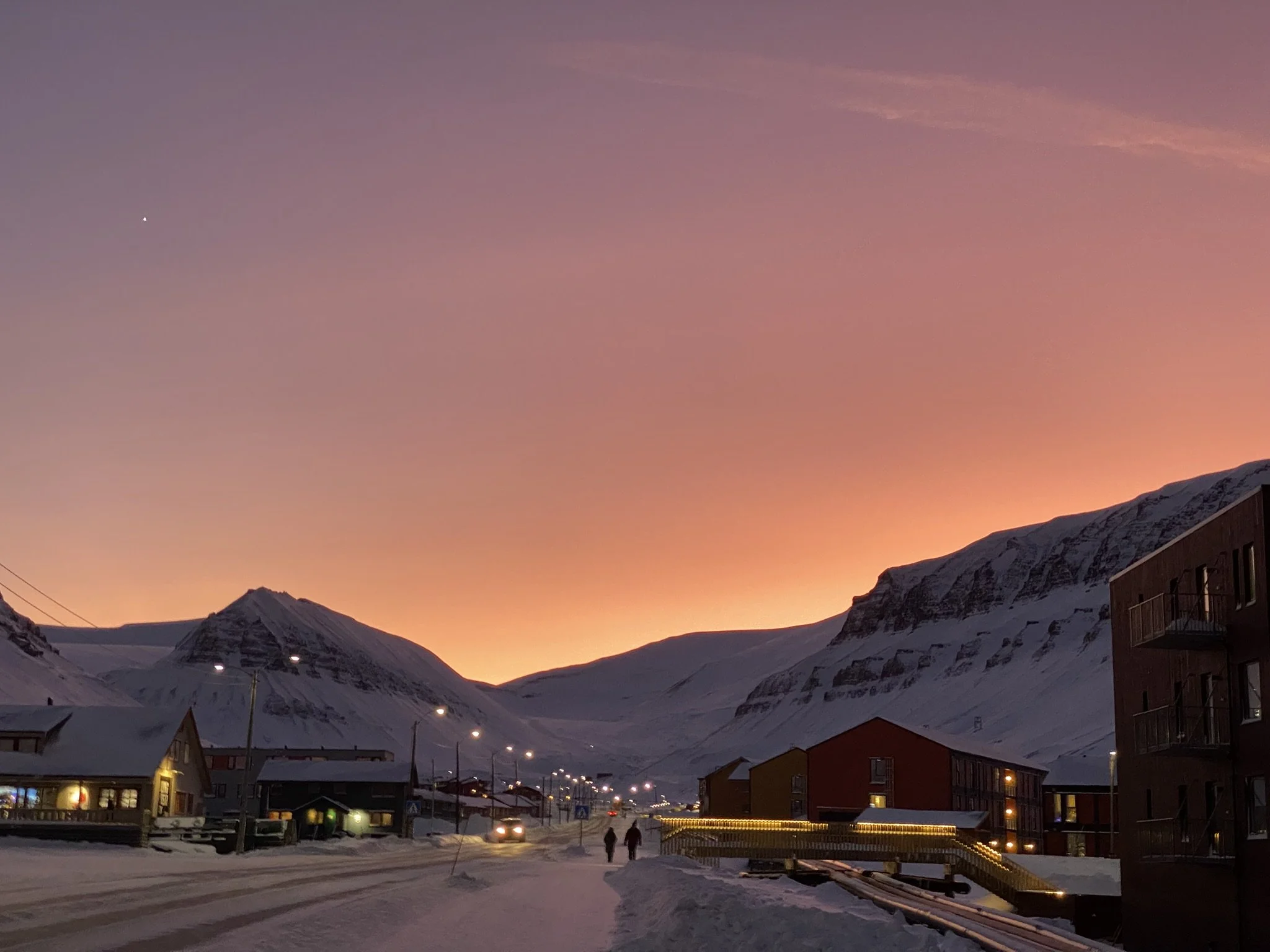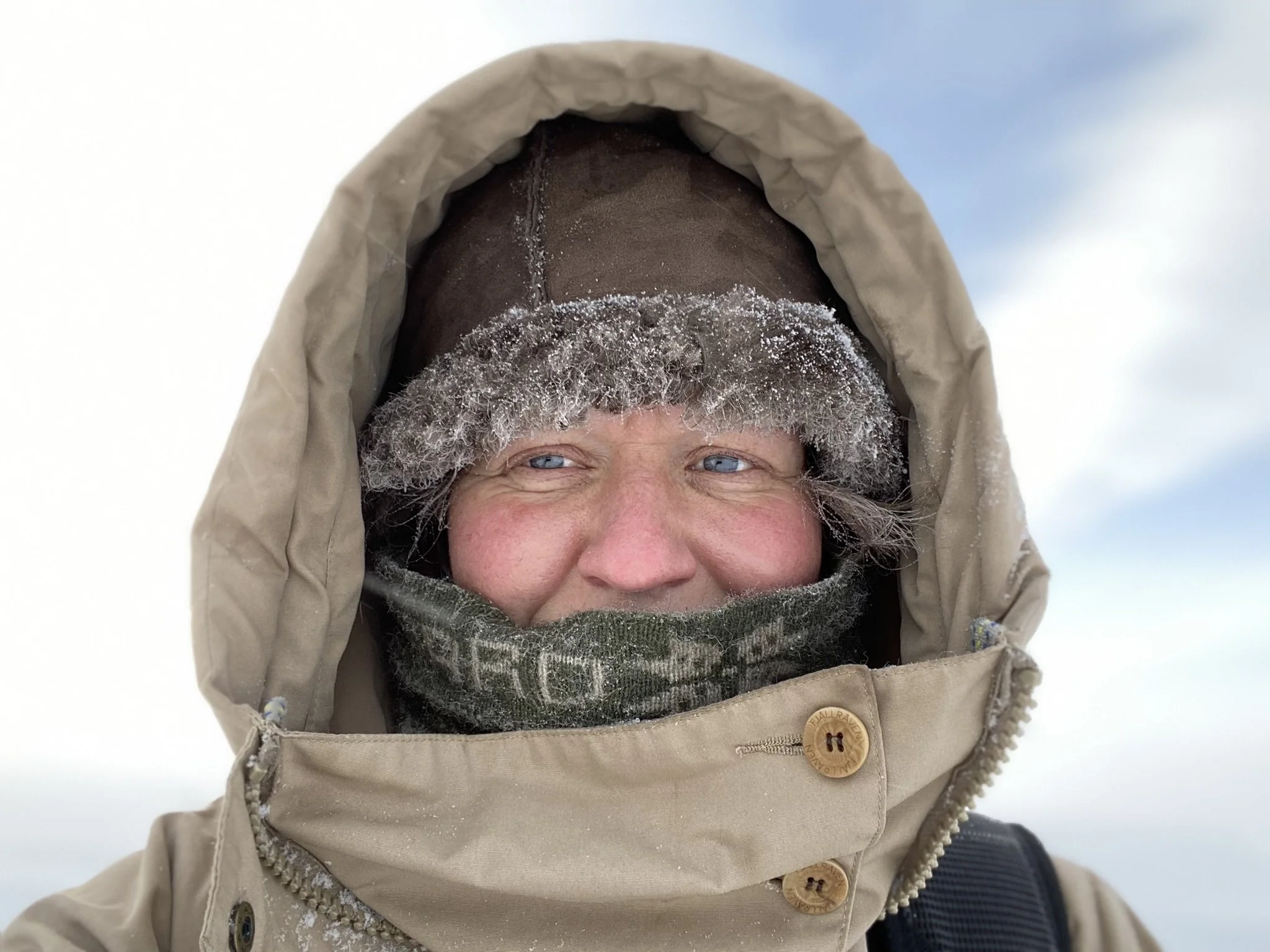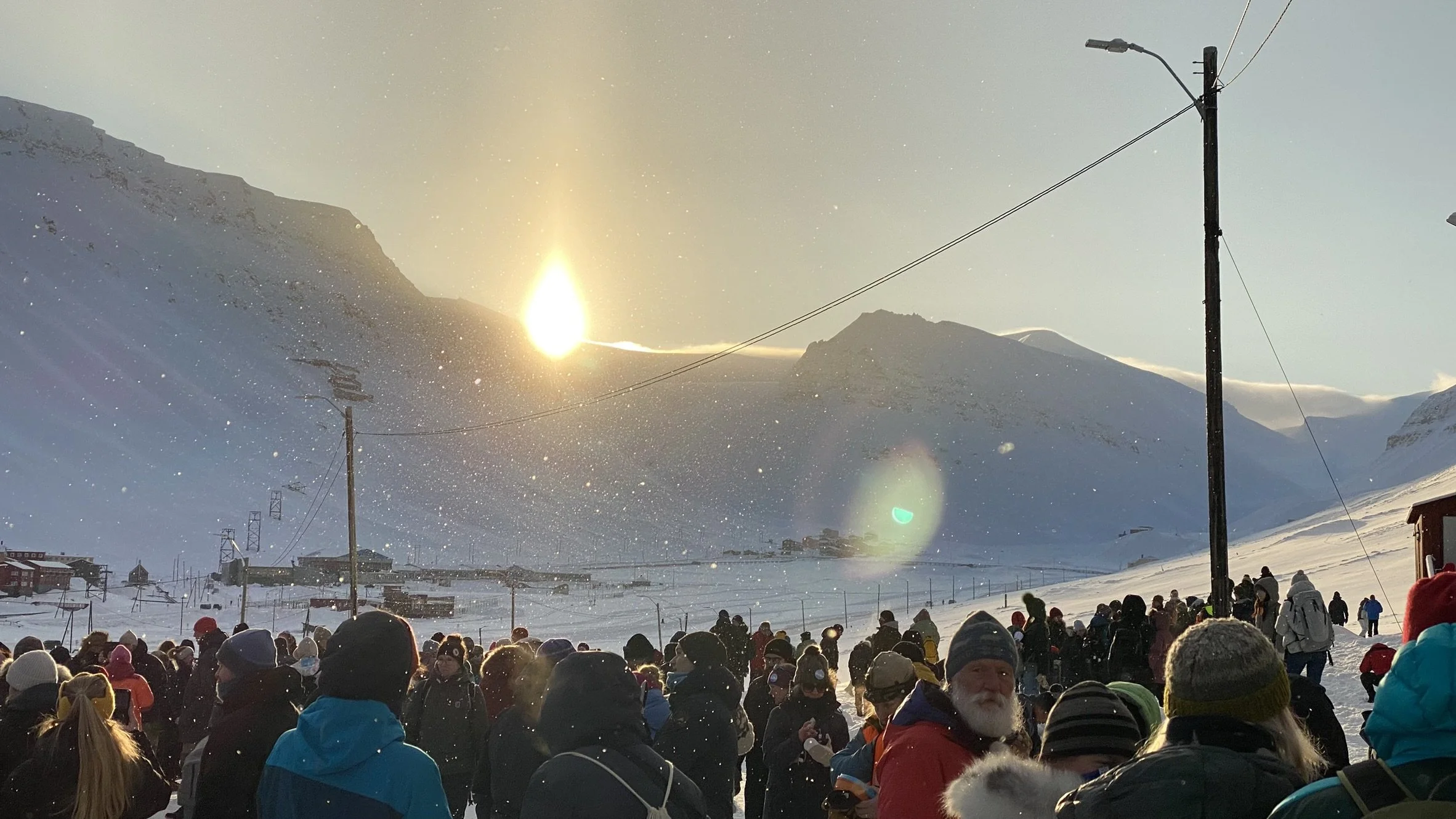Residents Recommend: Siri Helle
I came to Svalbard as a Norwegian. I knew that meant I came to Svalbard with preprinted images of the island and the society – images that could help me, like knowing a language, the groceries on the shelves of the supermarket, being able to read the newspaper and having some experience with snow. But I feared they were also images that could get in the way of me truly experiencing Svalbard for what it is – perhaps something more of its own than something purely Norwegian.
I came partly for myself – like so many that comes to Svalbard I came for the adventure, the challenge, the sights and the feelings – but I also generally wished to learn, and to contribute. I wished to meet the society that’s home to people backgrounding in 53 different countries – because how amazing is that, human beings that has grown up by the equator or in huge cities, or jungles all find home at 78 degrees north, in a town where growing roots is both physically and legally impossible. I wished to learn from them about the whys and the hows, but I knew I wasn’t the only one – the Svalbard population must be one of the most studied in the world. How could I meet and be allowed to ask questions without being a hustle, a burden, another journalist with a camera?
My answer materialized every Monday at 6 pm at Longyearbyen public library, when Norsk Folkehjelp hosts Språkkafé– a language café. The table had teabags and instant coffee, hot chocolate, a water boiler, paper cups and cookies from Coop – and sometimes homemade snacks from many parts of the world: Russian blinis, Norwegian skoleboller with a Bulgarian touch, American cheesecake are as natural parts of Longyearbyen as the reindeers sprawling outside. In this tiny corner at the edge of the world I got to learn both about far distant places – and how those places made their homes in the Arctic North, as well as how Norway helped and challenged (more of the latter, I’m afraid) that transition. It became a steady anchor in a floating everyday life as well as a glimpse into the real everyday lives I found myself between.
And – lo and behold – my skills in Norwegian language, culture and tradition became an asset. I got to give something back. Because even though Norway has agreed to open up Svalbard to the world, and – even more – has gotten completely depend on international inhabitants to make Longyearbyen society turn – and even though the Norwegian Ministry of Defence has stated that “Affiliation and good knowledge of Norwegian culture, language, tradition and Norwegian social conditions are important in order to safeguard the community's interests in Svalbard in a good way”, it has not found itself capable of offering lessons in Norwegian to it’s adult inhabitants. Quite on the contrary – the Ministry of Defence used this quote in a statement regarding why foreign nationals should not be allowed to vote in local elections in Longyearbyen.
For me, it’s a disgrace. It could make me ashamed of being a Norwegian in Svalbard. Luckily, Norwegian speaking Svalbardians have picked up that shame and turned it into something positive in this small, but important exchange of language and culture.
I know I left Svalbard with so much more than I gave back. I hope to sometime correct that balance.
For now, my recommendation to all Artica residents with a touch of knowledge in Norwegian language, will be to attend Norsk Folkehjelp Svalbards Språkkafe.
Siri Helle is a nonfiction author and journalist whose work often explores themes of environmental responsibility, rural life, and practical engagement with the world around us. Her published works include Trollefossvegen 23 – Tilbake til heimbygda (Samlaget, 2022), Med berre nevane – Eit forsvar for praktisk arbeid (Samlaget, 2019), and Handle rett – Lure val i ein matbransje full av juks (Samlaget, 2014).
With a background in ecological agriculture, Helle’s writing reflects her deep interest in how our connection to place influences our actions and responsibilities, both locally and globally.
During her residency at Artica Svalbard, Helle will begin research on a new project examining the concept of “place attachment” and how it shapes environmental stewardship. Using Svalbard as a case study, she will explore the challenges transient communities face in cultivating meaningful connections to their surroundings, and how hands-on interaction with the environment can foster deeper relationships with it. This work builds on her previous explorations of personal and collective ties to place and aims to contribute to broader discussions about sustainability, belonging, and community.





